Spinach Companion Plants
Spinach, with its rich taste and nutritional benefits, is a favorite among gardeners. However, it can be susceptible to challenges like bolting, pests, and stunted growth. This is where spinach companion plants come in – growing spinach alongside select plants that enhance its growth and address common problems.
I have explored companion planting concepts, best and worst companions for spinach, and tips to craft an optimal garden layout. By understanding plant partnerships that benefit my spinach, I can enjoy a thriving, bountiful harvest.
Companion Planting
Companion planting refers to the strategic cultivation of mutually beneficial plant species together. It’s based on the idea that certain plants can help others thrive when grown in close proximity.
Companion Planting in Rice Farming
While a relatively new gardening concept in the West, companion planting has been used successfully for centuries in Asia.
A great example is the Three Sisters technique used in rice farming. I plant rice with azolla, a type of fern that fixes nitrogen from the air into the soil, and ducks, who eat pests and weeds while fertilizing the fields.
The interdependent relationship between these three organisms allow rice yields to flourish. Companion planting aims to recreate this plant synergy for home gardeners.
For more information about kitchen gardens you can visit: 22 Little Purple Flowers In Grass
Benefits of Companion Planting
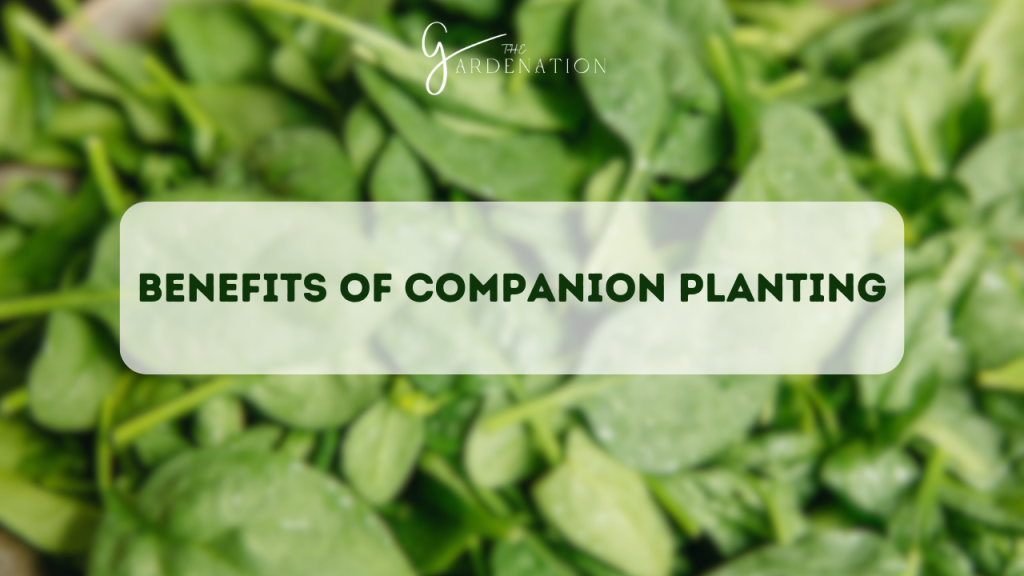
Companion planting offers a variety of advantages:
- Space Saving: Carefully selecting and arranging plants allows me to grow more in less space. For example, trellising pole beans allows me to use vertical space while shading lower-growing spinach.
- Improved Soil Health: Some companion plants like beans and peas fix nitrogen into the soil. Others, like daikon radishes, help break up and aerate the earth. This benefits neighboring crops’ root development.
- Pest Control: Strong-smelling herbs like onions and chives can mask the scent of desirable plants, deterring pests. Meanwhile, flowers like calendulas attract predatory insects that keep pests at bay.
- Increased Biodiversity: Companion planting promotes interspecies relationships, bringing more life into your garden. This makes the whole ecosystem more resilient against disease and large pest infestations.
Considerations When Selecting Companion Plants
While the benefits abound, companion planting does require some strategic planning:
Importance of Research Before Planting
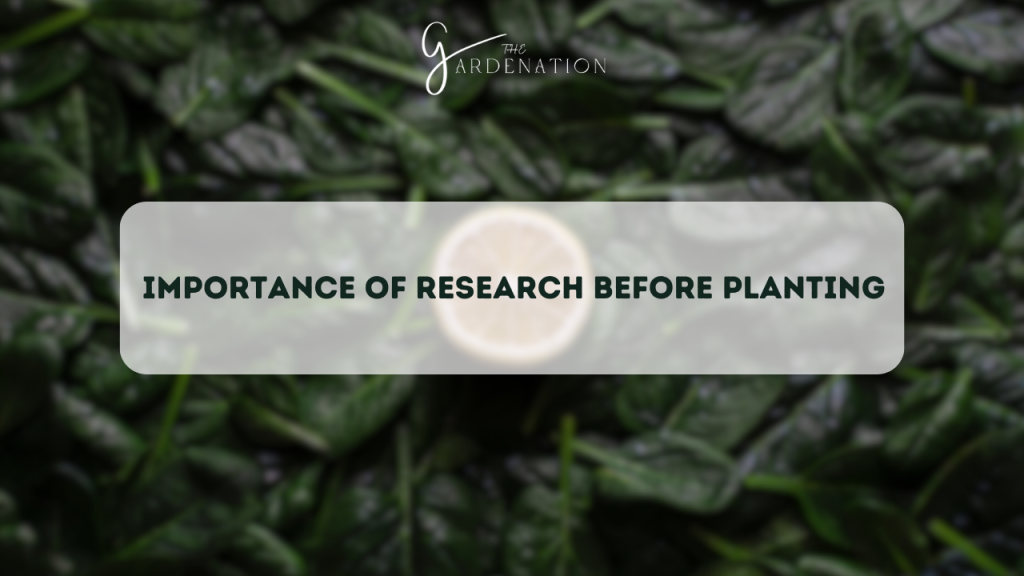
Not all plants make good garden companions. Some compete for nutrients, while others inhibit each other’s growth. Careful research on plant partnerships is key before putting different species together.
Balancing Variety and Simplicity
A diversity of companion plants allows me to reap more benefits in pest control, soil enrichment, etc. However, too many different species sometimes become difficult to manage. I seek balance for an optimally functioning garden.
Best Companion Plants for Spinach
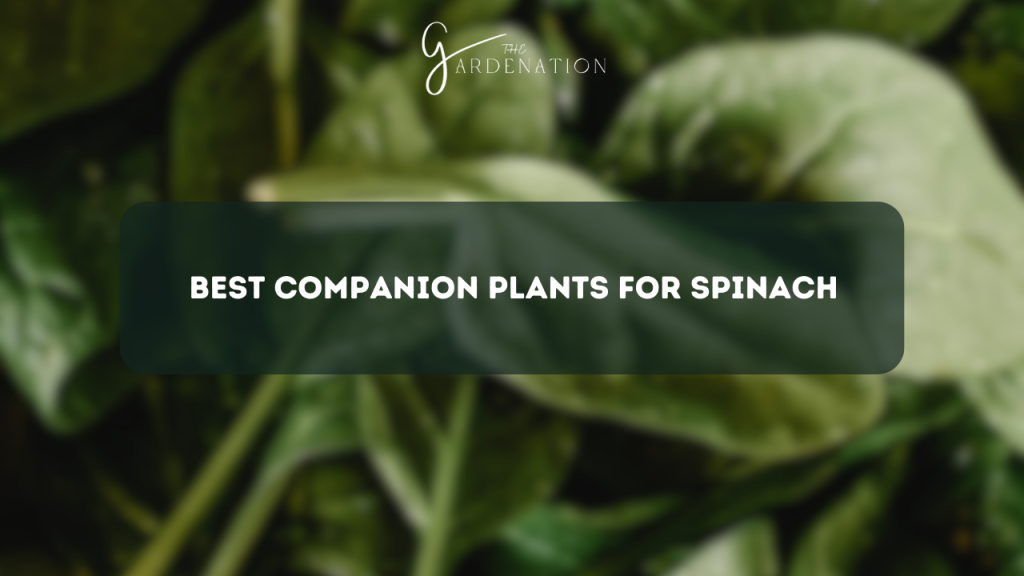
Now that I’ve covered the basics, let’s explore plants that make the best companions specifically for spinach.
Spinach’s Growing Challenges
First, it helps to be aware of some common difficulties faced by spinach plants:
- Bolting and Heat Sensitivity: Spinach thrives in cool weather but bolts quickly in high temperatures. Hot sun can also inhibit growth.
- Pest Vulnerability: Common spinach pests like leafminers, flea beetles, and aphids can decimate a crop.
With these challenges in mind, here are some of the best companions to grow alongside spinach:
Good Spinach Companion Plants
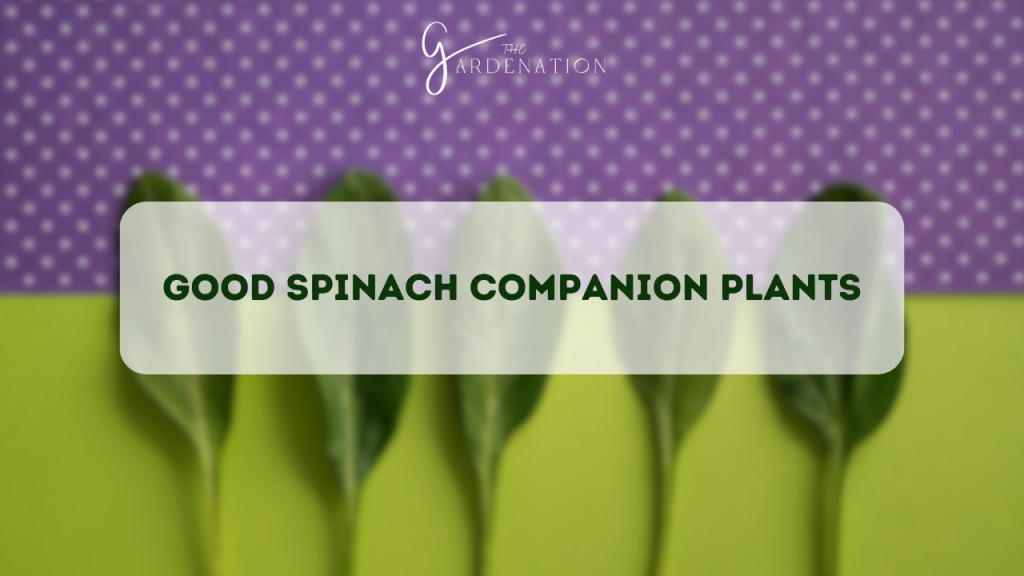
- Vegetables:
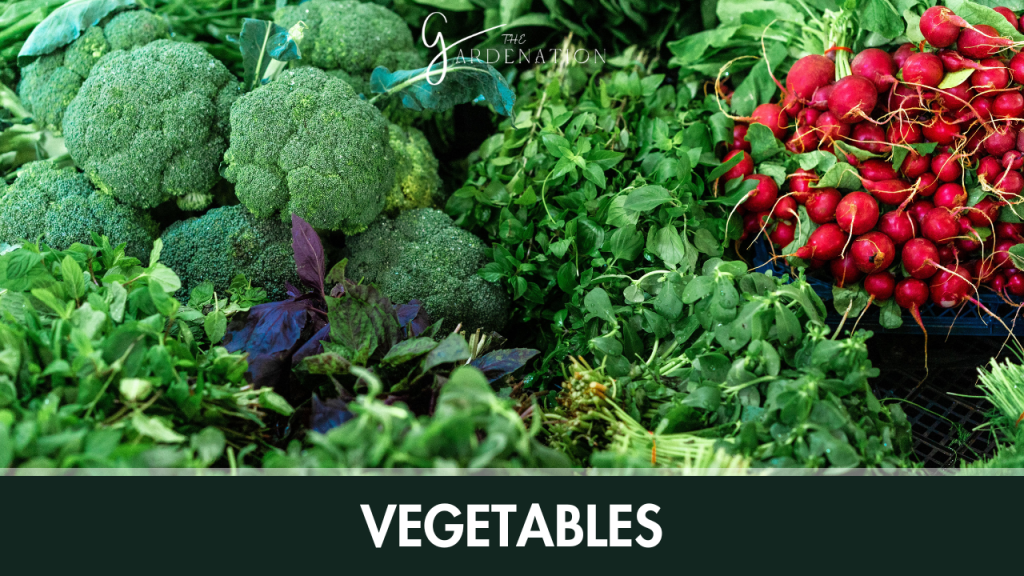
Many vegetables make great companions for spinach since they share similar nutrient needs without competing.
- Kale:
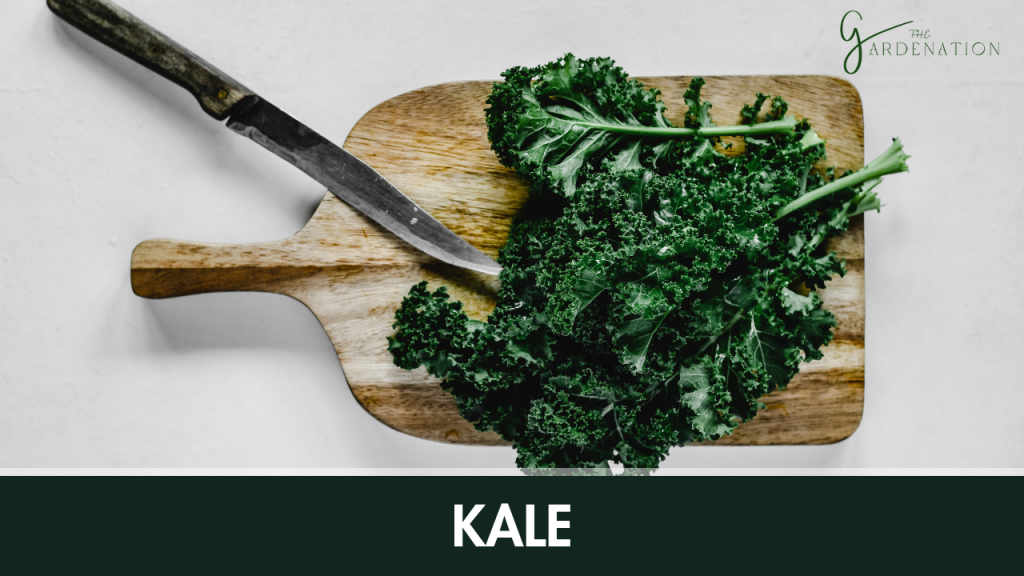
With comparable growing conditions, kale makes an ideal neighbor. It also provides shade that helps spinach grow before summer heat causes bolting.
- Lettuce & Bok Choy:
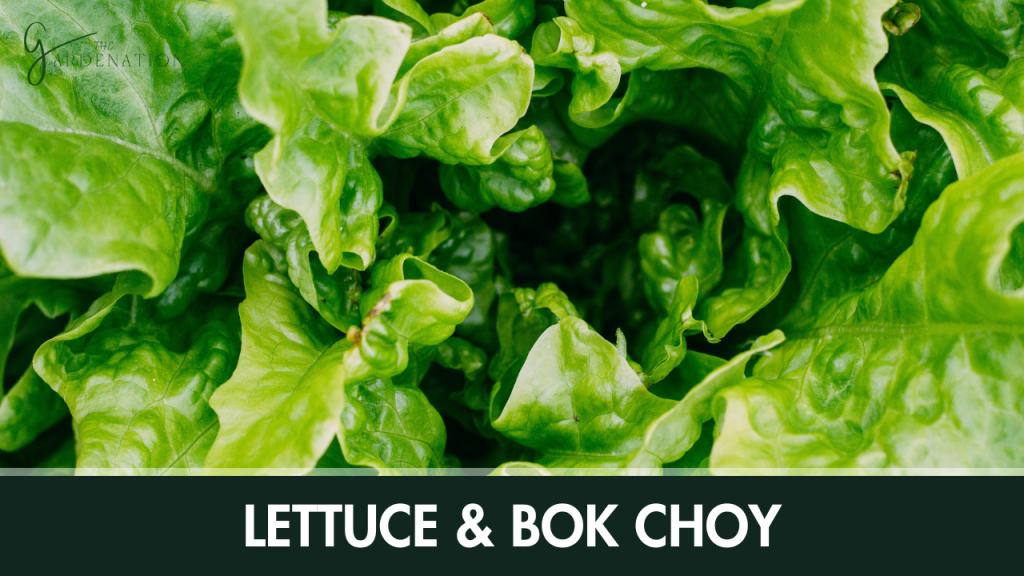
These leafy greens fill space efficiently while needing similar watering and fertilization as spinach.
- Legumes:

Beans, peas, and other legumes enrich soil with nitrogen fixation while climbing trellises to shade spinach.
- Scallions:
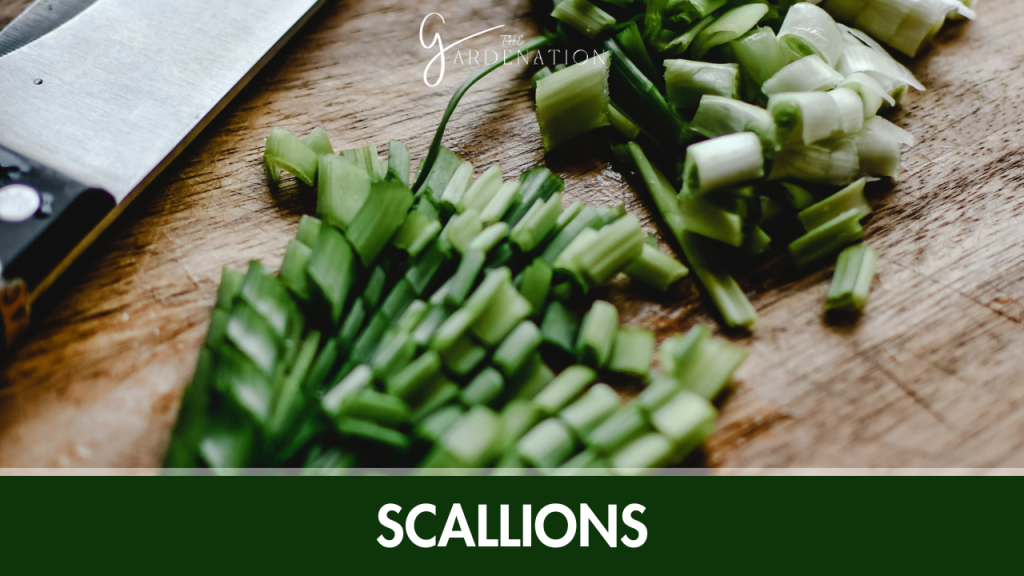
These mild onions help deter pests without overwhelming spinach’s flavor. Their shallow roots don’t compete for nutrients.
- Herbs & Flowers:

Many herbs and flowers help repel predators, attract pollinators, and improve spinach health.
- Borage:
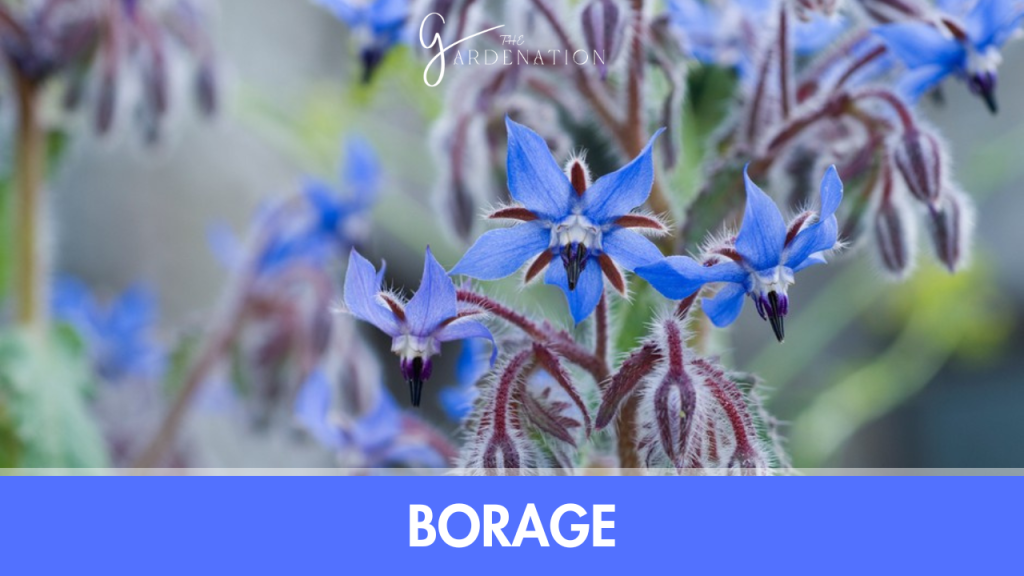
This herb bolsters spinach’s growth and deters pests like hornworms.
- Marigolds:

Their bright blooms attract beneficial insects while repelling nematodes and other garden pests.
- Cilantro:
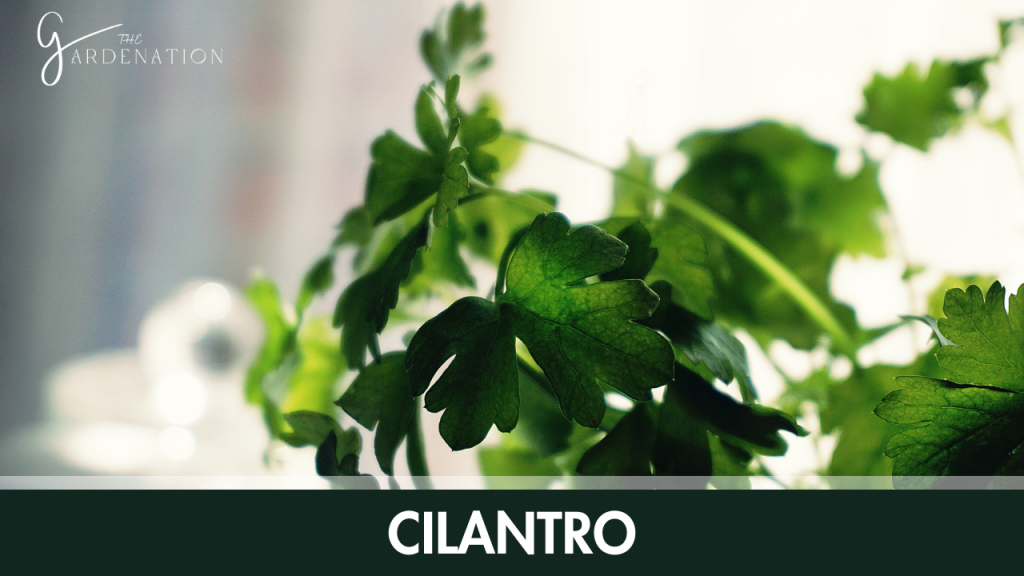
Known to boost beneficial predator insects, cilantro also adds a tasty complement to spinach.
Bad Companion Plants for Spinach
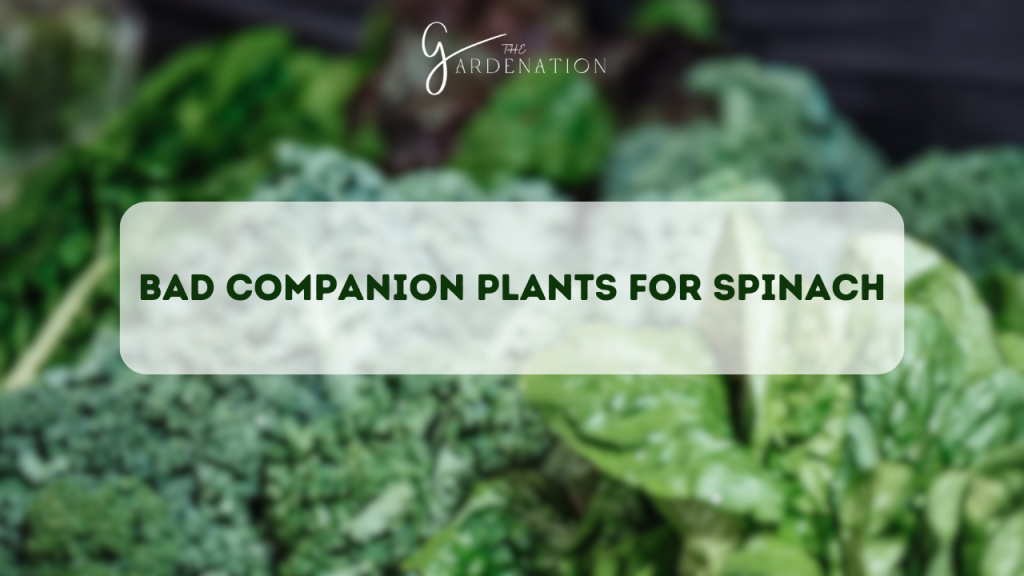
Conversely, some plants severely inhibit spinach growth or compete heavily for resources. Plants to avoid include:
- Pumpkins
Their sprawling vines and leaves can quickly shade out spinach early on before the pumpkins are ready to harvest. Plus, their greedy nutrient and water consumption starves spinach’s shallow roots.
- Fennel
Something about fennel significantly stunts spinach growth when planted side-by-side in garden beds. However, smaller fennel transplants in containers near spinach seem fine.
- Potatoes
Another nutrient and water hog, potatoes make very poor bedmates for spinach. They hamper nutrient uptake through spinach roots, resulting in stunted plants.
Companion Planting Strategy
When designing my garden layout, I keep these tips in mind:
Location: I make sure to site spinach in partial or light shade, especially in hotter climates. This prevents bolting.
Plant Size: I situate taller, vining plants like peas on northern sides to avoid shading. I keep larger companions like broccoli spaced away.
Plant Relationships: I place proven beneficial companions like onions and lettuce next to spinach for pest protection and space efficiency.
Crop Rotation: I don’t plant spinach in the same spot two years consecutively. This helps prevent disease and nutrient deficiencies.
Tips for Successful Companion Planting
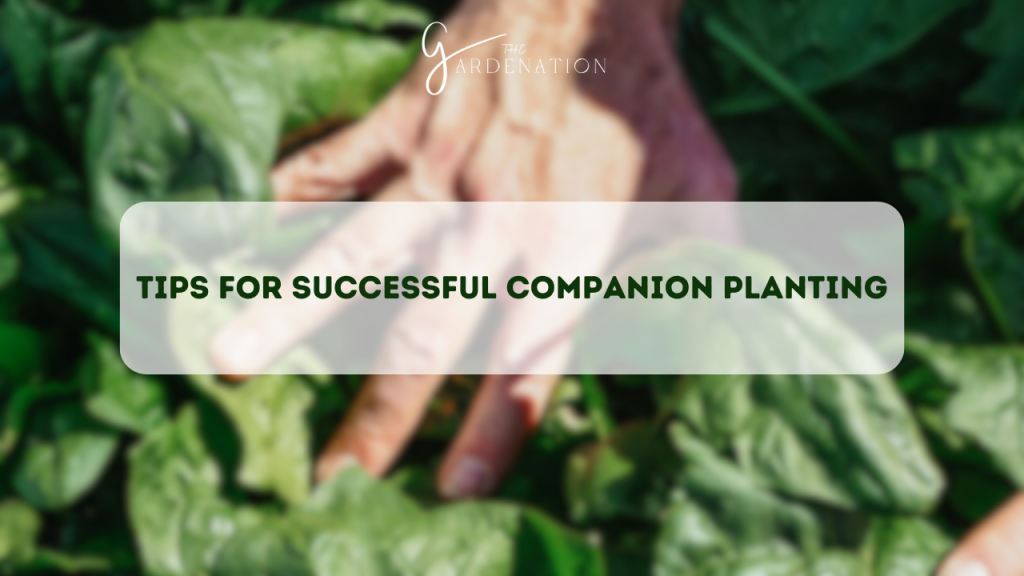
Here are some handy tips to ensure your spinach and companion plants thrive:
- Stagger Planting: Early spring crops like peas can be started first to establish and provide shade coverage once spinach seedlings emerge.
- Observe Interactions: I keep an eye on plant partnerships. If any companions show signs of stunting spinach, I adjust spacing or pull plants as needed.
- Consider Microclimates: I create little sheltered spots like beside trellises or under archways to give spinach relief from wind, rain damage, or intense light.
Frequently Asked Questions
Can companion planting solve bolting issues in spinach?
Yes! Choose taller crops like pole beans to provide protective shade coverage. Cool-weather greens like kale and lettuces can also buffer temperature fluctuations before summer heat kicks in.
How do I prevent pests in my spinach using companion plants?
The allium family (onions, garlic, chives) masks the scent of spinach from pests. Marigolds, borage, and cilantro attract beneficial insects that keep pests in check. Avoid large plantings of brassicas which share common spinach pests.
Are there companion plants that enhance spinach flavor?
Yes! Herbs like cilantro, dill, basil, and oregano nicely complement spinach’s flavor when planted nearby. Chives and onions also bring out spinach’s sweetness. Just be sure they don’t overwhelm the spinach taste.
Conclusion
In summary, companion planting allows home gardeners to maximize spinach outcomes by addressing common challenges while enhancing growth and flavor. By thoughtfully selecting and arranging companion plants, I create thriving symbiotic environments for bountiful spinach harvests.
The key is understanding spinach needs, researching effective partnerships, providing adequate shade and spacing, and observing interactions. With some planning, spinach can flourish alongside its companions!
I have covered core concepts, plant pairings to promote or avoid, layout tips, and troubleshooting questions when companion planting with spinach. Just remember – not all pairings work well, so carefully research combinations for success.


2 Comments